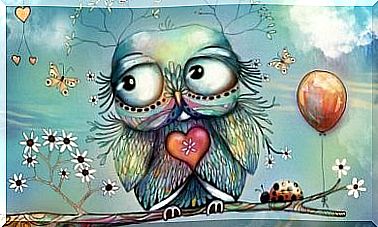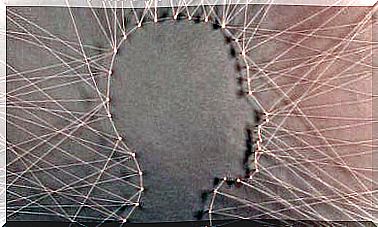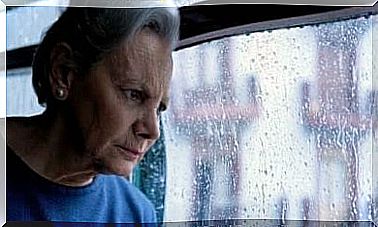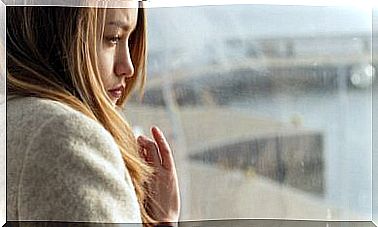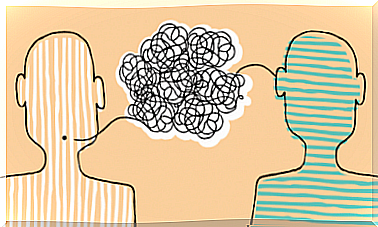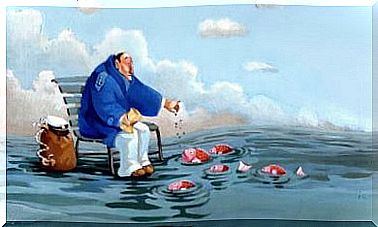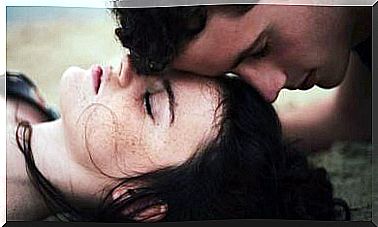The Mission (1986): A Model For Character Building
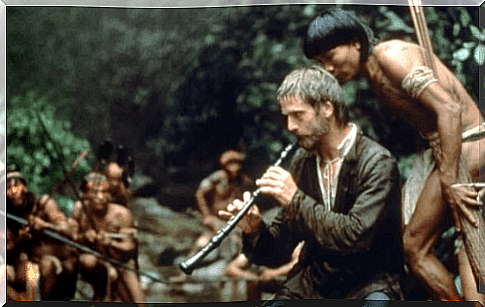
The Mission is a 1986 film directed by Roland Joffé, which was a critical and commercial success. He has a great soundtrack by Ennio Morricone, brilliant actors (Jeremy Irons, Ray McAnally and Robert De Niro), Oscar-winning cinematography and great costume design. It is also a good representation of history.
The general plot of Jesuit missions in South America is presented with great accuracy. One of the best-known aspects of these missions was their common organization. They are often compared to socialist settlements, which made them very suspicious to other people of their time.
Jesuit reductions in The Mission
The interspace these settlements occupy between the Portuguese and Spanish empires is the main conflict in the film. They refer to the Treaty of Madrid between Spain and Portugal of 1750, which is said to have led to a change of ownership of the area and the disappearance of the reductions.
Some other historical and political conflicts are brought into the dialogue, such as references to the Marquis of Pombal and French figures involved in utopian socialism.
The Spanish laws of the Indies also play an important role in The Mission . In this case, you especially see the many ways in which the Spanish authorities themselves are breaking these laws.
For example, there was the enslavement of indigenous peoples, who were subjects of the Spanish Crown and therefore could not legally be slaves. However, the colonies were so far away that it was not difficult for officials, governors and greedy businessmen to abuse the native population.
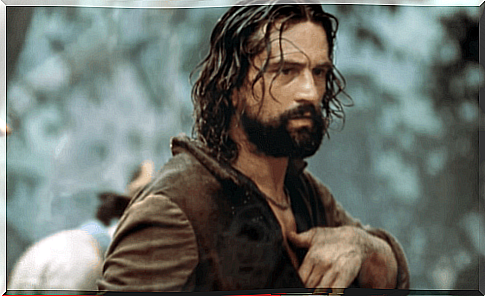
Missionaries and Strangers
However, the film doesn’t owe all its success to those anti-colonial values or its astonishing portrayal of the festivals and customs of the colonial criollo society.
The plot continues with well-developed characters, who are perfect archetypes of the people of their time, and who also have timeless qualities and emotions. This makes it easier for the viewer to identify with them.
There are two characters worth mentioning: Father Gabriel (Jeremy Irons) and Rodrigo Mendoza (Robert De Niro). They create the contrast that the director went for.
Looking to the past can be problematic when trying to understand these characters. It’s easy to fall into the trap of judging them by today’s standards and forgetting how long it’s been.
Gabriel and Rodrigo, two sides of the same coin
One of the hardest things to understand about this movie today is probably the reactions of the two main characters when they have their first encounter with the people and cultures on the other side of the ocean. But despite all that, there is one thing that remains constant: the human mind.
Joffé’s introduction to these two central characters in The Mission is masterful. We get to know them at the same time that they have their first contact with the Guaraní people. He then builds up all the characters in the film around that first moment.
The Man of God
The way Father Gabriel tries to get the attention of the natives is by using the universal language of music, by playing an oboe.
The beautiful sounds emanating from his oboe provide a kind of communication between two groups with completely different languages and expressions. Even the soldiers, who instinctively react with violence when they see the Guaraní, retreat when they see Gabriel’s success.
The whole story has this undercurrent of love and compassion for those who are different. It creates a sense of reciprocity. This was an obvious (though by no means the only) aspect of their contact with the Europeans.
Like Father Gabriel, many religious people went to the American lands to teach the people there about what they value above all else. The adventurous and often fatal parts of these missions may seem justifiably frustrating these days. However, you mustn’t forget how important these men thought their message was.
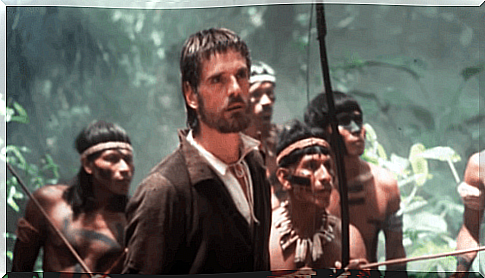
The soldier
Rodrigo’s case could not have been more different. He chooses a different kind of universal language, with a different instrument: his gun. Especially the violence of his gun is important in his character development. That violence is what he gets lost in, Gabriel and the compassionate reactions of the natives are his redemption.
Despair begins as greed and ends as the main driver of military conflict. These kinds of conflicts were also a constant at that time, and even the Jesuits sometimes had to defend themselves. With a final musical gesture at the end of The Mission , Joffé shows us the immortal victories of people like Father Gabriel.
